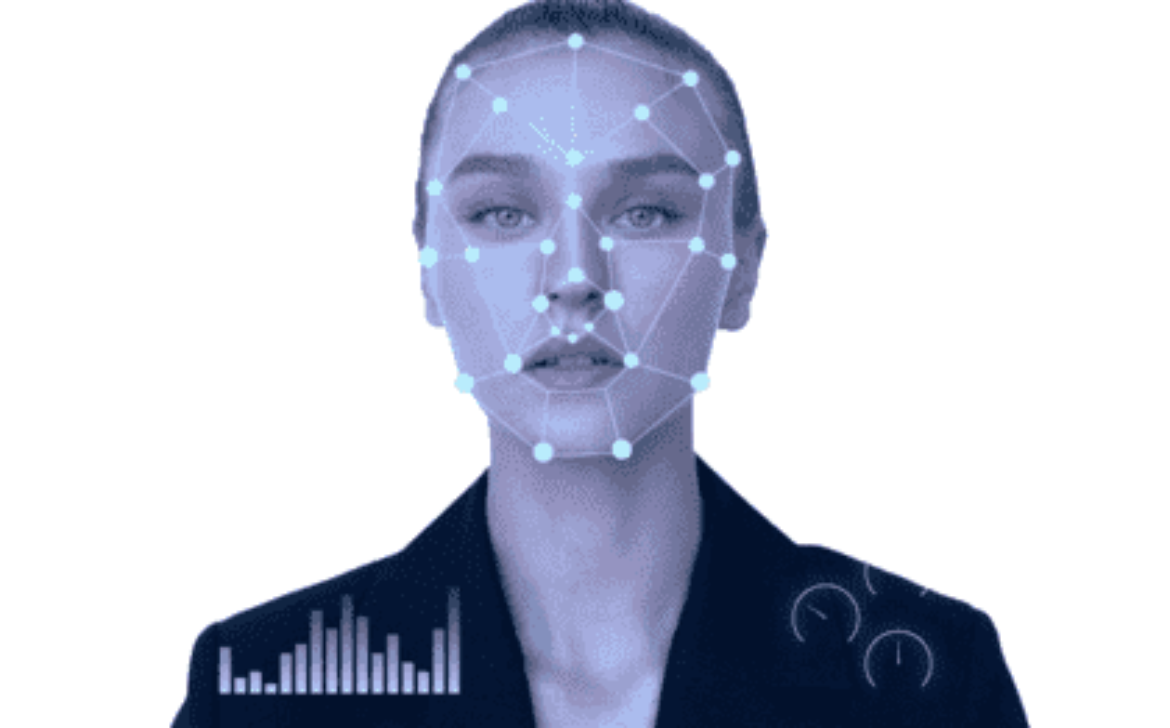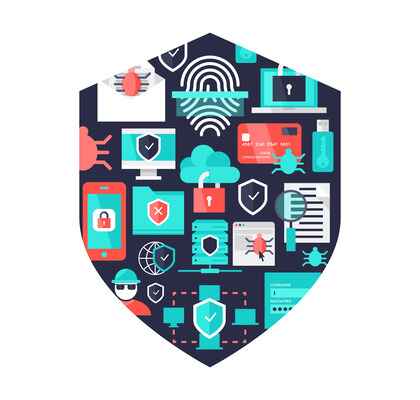Role of AI in Cybersecurity: Benefits and Challenges
Artificial intelligence (AI) is transforming the cybersecurity industry in significant ways. With the rise of sophisticated cyberattacks, the traditional approaches to cybersecurity are no longer sufficient. AI offers new possibilities to detect, prevent, and respond to cyber threats. With the ever-increasing number of cyberattacks, organizations are turning to Artificial Intelligence (AI) to enhance their cybersecurity measures. AI can help detect and prevent cyber threats, but it also comes with its own set of challenges. In this blog, we will discuss the role of AI in cybersecurity, its benefits, and the challenges that come with it. 3. Cost-effective: AI-powered cybersecurity tools can perform complex tasks with minimal human intervention, reducing the need for a large cybersecurity team and saving costs for organizations. 4. Enhanced visibility: AI-powered tools can provide better visibility into an organization’s network and identify potential vulnerabilities that may have gone unnoticed otherwise.5. Improved Accuracy: AI algorithms can analyze large amounts of data with greater accuracy than humans. This reduces the likelihood of false positives and false negatives, which can lead to wasted time and resources.
AI in cybersecurity can enhance detection capabilities, automate responses, and reduce false positives, improving the overall effectiveness of security operations. 6. Reduced Workload: AI-based cybersecurity tools can automate routine tasks, such as patching and updating software, freeing up security personnel to focus on more complex tasks. 7. Predictive Analytics: By analyzing historical data, AI algorithms can identify patterns and trends that can be used to predict future security threats. This enables organizations to take proactive measures to prevent potential security breaches. AI has the potential to transform the cybersecurity industry by improving threat detection and response, accuracy, and cost-effectiveness. However, it also poses significant challenges that must be addressed to ensure its effective and ethical implementation. It is essential to strike a balance between the benefits and challenges of AI in cybersecurity to maximize its potential and protect organizations from cyber threats.Benefits of AI in Cybersecurity



Challenges of AI in Cybersecurity












